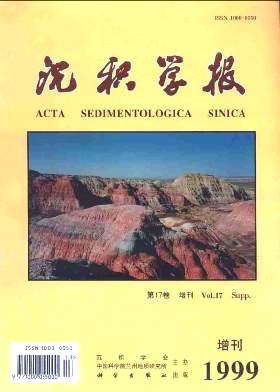The Occurrence of Anthraxolite in Longtoushan Reef Limestone Region of Dachang Ore Field and Its Relatioa to Poly metallic Mineralization
- Received Date: 1999-04-01
- Rev Recd Date: 1999-06-02
- Publish Date: 1999-12-10
-
Key words:
- anthraxolite /
- occurrence /
- relation to mineralization /
- reef limestone /
- Dachang
Abstract: Antlsraxolite is very common in Longtoushan reef limestone region. The main mode of occurrence of anthraxolite is in karst cavities,primary holes of reef limestone and in calcite veins. Some anthraxolite is discovered in cassiterite-sulphide ore bodies and in contact plane between granite- parphgy and reef limestone. Studies about anthraxolite and conditions of source- reservior-caprock association indicate that there was oil-gas migration and reservior in the reef in past geological history .The composition feature of stable isotopic and fluid inclusion shows a close relation between organic matter and polymetallic mineralization. One of the main period of petroleum evolution had a bearing on the seafloor exhalative sedimentary mineralization in Devo- nion. The final damage of oil-gas field related to magmatic activity in late Yenchan period. Organic matter played an impartant pole in polymetallic mineralization:Thermal brine containing organic matter promoted some ore-forming elements to be activated and migrate from strata,and at the same time to form hot-water karst in reef limestone which is the main space for mineralization and provide sulphur to controll to the physicochemical condition of ore-forming environment. On the other hand, submarine hot-water activity in Devonion and intrusion of magma in Yenchan period provided power for oil- gas evolution and migration of brine containing organic matter. Eventually the heat of magma accelerated the degradation and metamor-phism of organic matter. Light component volatilized and much anthraxolite remained.
| Citation: | YANG Bin, LIAO Zong-ting. The Occurrence of Anthraxolite in Longtoushan Reef Limestone Region of Dachang Ore Field and Its Relatioa to Poly metallic Mineralization[J]. Acta Sedimentologica Sinica, 1999, 17(S1): 668-674. |






 DownLoad:
DownLoad: